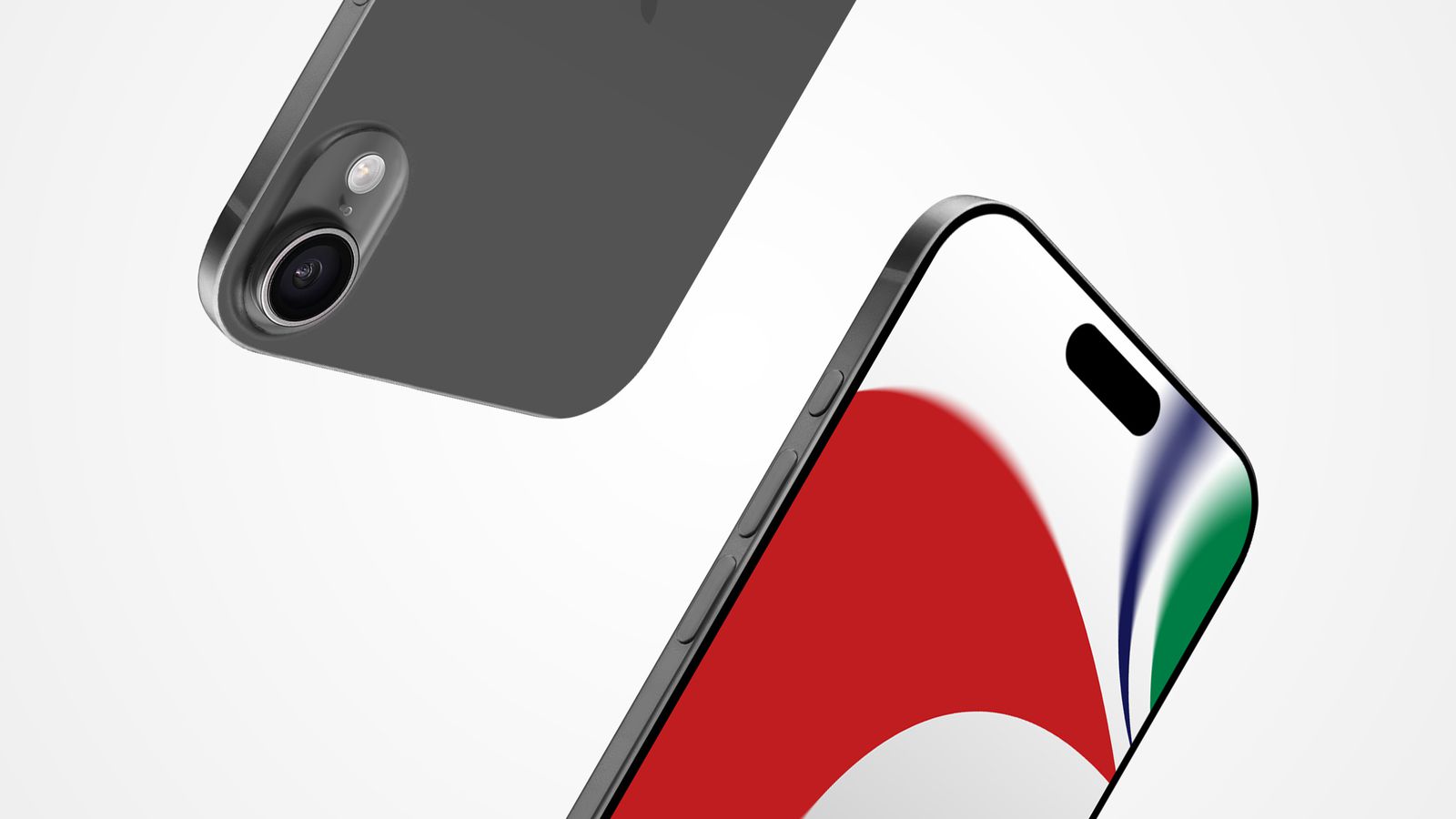Rumors swirling around Apple’s upcoming product lineup have solidified into more concrete details, with Bloomberg’s Mark Gurman revealing plans for an unprecedented ultra-thin iPhone model dubbed the iPhone 17 Air. According to Gurman’s latest Power On newsletter, this revolutionary device will measure approximately 2 millimeters thinner than existing iPhone models, marking a significant leap forward in Apple’s pursuit of sleeker device profiles.
The iPhone 17 Air’s development appears to serve a dual purpose: delivering a striking new form factor while simultaneously acting as a technological testbed for future innovations, particularly those that could pave the way for Apple’s entry into the foldable device market. The device will be powered by Apple’s base-level A19 chip and feature a simplified single-lens camera system, suggesting a focus on essential functionality while pushing the boundaries of physical design.
Perhaps most notably, both the iPhone 17 Air and the upcoming iPhone SE will showcase Apple’s first proprietary modem technology, marking a significant shift away from third-party components. This transition to in-house modem production represents another step in Apple’s ongoing strategy to increase vertical integration and control over its hardware ecosystem.
The spring of 2025 is shaping up to be a pivotal moment for Apple’s product portfolio, with several significant launches on the horizon. Among these releases, the entry-level iPad is set to receive a substantial upgrade that will bring it into the era of Apple Intelligence. The next-generation tablet will feature the powerful A17 Pro chip paired with 8GB of memory, suggesting Apple is positioning even its most affordable iPad to handle increasingly sophisticated applications and AI workloads.

These developments align with Apple’s broader strategy of maintaining premium positioning while expanding its product range to capture different market segments. The iPhone 17 Air, with its groundbreaking form factor, appears designed to appeal to users who prioritize portability and aesthetics, while the upgraded entry-level iPad aims to democratize access to advanced computing capabilities.
The timing of these releases is particularly interesting, as they coincide with the broader tech industry’s push toward AI integration and more versatile form factors. Apple’s approach of using the iPhone 17 Air as a testing ground for foldable device technologies suggests a characteristically methodical approach to innovation, preferring to perfect new technologies in traditional form factors before implementing them in more radical designs.
The enhancement of the entry-level iPad with Apple Intelligence compatibility demonstrates the company’s commitment to bringing advanced features to its entire product line, rather than restricting them to premium devices. This move could significantly impact the educational and consumer markets, where the entry-level iPad has traditionally found its strongest following.
The spring rollout will also include new iPad Air models, creating a comprehensive refresh of Apple’s tablet lineup. This coordinated launch strategy suggests Apple is preparing for a significant push in the tablet market, potentially leveraging the enhanced capabilities of Apple Intelligence to differentiate its offerings from competitors.
While these developments promise exciting advances in mobile technology, they also raise questions about pricing and market positioning. The introduction of the iPhone 17 Air as a new category alongside existing iPhone models could signal a shift in Apple’s smartphone pricing strategy, potentially creating new price points in the company’s hardware ecosystem.
As anticipation builds for these spring releases, the tech industry will be watching closely to see how Apple’s latest innovations influence the broader market. The combination of groundbreaking form factors, enhanced processing capabilities, and AI integration could set new standards for what consumers expect from their mobile devices, while providing insights into Apple’s longer-term vision for the future of personal computing.
















Add Comment